In order to make Grinnell’s global image more articulate and appealing, the College has hired Crane MetaMarketing, a Georgia-based metamarketing firm, to assist with what has been termed an “institutional identity project.” The project was started due to concerns that Grinnell is often not recognized as the high quality academic institution that it is. Vice President for Communications Jim Reische and Vice President for Enrollment Joe Bagnoli, who are spearheading this campaign, are labeling this a “perception issue” and hope that this project will attract prospective students by depicting Grinnell in an accurate and more attractive fashion.
“What I hope to get out of this conversation [is] for all of us, as a community, to have a better understanding of how we describe our identity, how we shape it to achieve our mission,” said President Raynard Kington.
A “perception issue”
One dilemma the school faces is that, due to Grinnell’s reputation as a leader in social justice, it is often recognized more for its financial aid than its prestige, making the College especially appealing to lower-income students. A goal of the identity project is for Grinnell to be seen as an institution that anyone—regardless of wealth—would consider an elite school.
“A powerful institutional identity … will attract more applicants from all racial, ethnic, religious, socioeconomic, gender and other backgrounds, including high-need, low-need, and no-need students. We want academically committed students of all kinds to make Grinnell their first choice, and we want them to choose us for all the right reasons,” Reische said in an email to the S&B.
By better establishing Grinnell’s identity as a distinguished liberal arts college and through marketing it for its uniqueness, the College hopes to attract a higher number of prospective students to apply to and attend Grinnell.
Not just a bargain school
One byproduct of presenting Grinnell in an accurate and attractive fashion is the ability to attract students to apply who may not have previously considered Grinnell—including low-need students. The College is considering the impact that Grinnell’s identity has on the school’s market position.
Grinnell’s market position—defined as “the ability to enroll strong students who are willing to pay the full cost of attendance” in an information sheet provided by Bagnoli and Reische to the S&B—is weak relative to peer institutions; part of the College’s concern, then, is why many students who are able to pay the full cost are choosing Grinnell’s peer institutions over Grinnell.
For 2012, the projected percentage of full-pay students—students that pay the full cost of attendance—at Grinnell’s need-blind peer institutions was 42.3 percent. Grinnell’s, however, was just 12.9 percent. And although Grinnell’s domestic applicants rose by 43 percent from 2010 to 2013, the students with no demonstrated financial need dropped by 12.5 percent, while Pell-eligible students—higher-need students—rose by 97.5 percent. In short, Grinnell attracted a much higher number of applicants in 2013, but many of these students were high-need, as opposed to low-need. One of the sources of these trends is the College’s long established reputation of generosity with regards to financial aid. While this is a source of pride for the College, the associated financial cost of supporting its high-need students also elicits some concern.
“We worked really hard for many, many years to become understood as an institution that wished to support access and equity in higher education, and we’ve done that so well that now we find ourselves in a position of need to find ways through enrollment management to underwrite the cost associated with those institutional commitments,” Bagnoli said.
In a February 2013 meeting, the Grinnell Board of Trustees voted on five characteristics—which had been discussed at the October 2012 Trustees meeting—that every incoming first-year class needed to have: (1) demonstrated academic potential, (2) robust diversity, (3) engaged citizenship, (4) access and equity and (5) fiscal contribution to the sustainability of the College. The last of these has proven to be the characteristic that the College has struggled with the most.
“What was identified was the need for the College to strengthen that fifth characteristic in terms of the entering student body because, in many ways, that fifth characteristic helps underwrite the cost associated with the first four,” Bagnoli said.
In light of fiscal pressures, the College sees altering net student revenues as one way to alleviate the financial strain. An information sheet that Reische and Bagnoli shared with the S&B noted that Grinnell has a “strong brand as a ‘bargain’ as indicated by the need profile of [its] applicant pool.” The sheet subsequently noted a “strong correlation” between the school’s aid offers and students’ decision to attend Grinnell.
Kington noted the financial stress that these trends are placing on the College.
“The reality is that we are in a market and while we are deeply committed to and proud of our policies that provide access to students who have high-need, we can’t exist if we have only those students,” Kington said.
Part of the process of attracting students who might write off Grinnell College as a ‘bargain’ school is to present Grinnell as an academically elite institution that any high school student—regardless of socioeconomic background—would aspire to attend.
Though Reische contended that the project is by no means focused on recruiting more low-need students, the proposed changes in the College’s image will most likely have such an effect.
Articulating an identity, not modifying a mission
Although the College hopes to better define its identity and attract a broader range of students, the project has no intention to stray from or alter any of Grinnell’s core values.
The College has identified five characteristics of an effective brand and one of these is being true to the College’s mission and goals.
“It has been made abundantly clear from the beginning … that the core values are the core values. This project doesn’t touch those, cannot touch those … [It’s about] finding a way to express those commitments that is true to ourselves, but is also appealing and relevant to a typical high school junior or senior anywhere in the world,” Reische said.
The project does not aim to simply add a new logo, new motto or change a color scheme. Instead, it hopes to accurately depict Grinnell’s identity to audiences that may have an image of Grinnell that does not reflect the College. In order to attract students to attend Grinnell—regardless of whether or not they qualify for financial aid—the school’s identity must reflect that of an elite school.
“If we want people to pay list price, they have to see extraordinary value,” stated a PowerPoint Bagnoli and Reische shared with the S&B.
The complexity of the project arises from the fact that Grinnell has a variety of identities—identities related to social justice, to diversity, to a rural geographic location, to academic excellence. What the College hopes to do, then, is to identify and subsequently portray an image that encompasses these distinguishing factors and depicts Grinnell in the most accurate and appealing way possible.
Selecting a firm
The project traces its most recent roots to the Board of Trustees’ decision to establish the five characteristics that an incoming class must possess. Continuing from there, Reische and Bagnoli presented to several members of the campus community this past summer—the Board of Trustees, Alumni Council, faculty, and student and staff leaders—concerning Grinnell’s poor market position and what an institutional identity project could do for the school.
President Kington then sent out a Request for Proposal (RFP) seeking a firm to help the College distinguish itself and articulate its institutional identity. The selection committee for this assignment consisted of Reische and Bagnoli, as well as representatives from Admissions, Development and Alumni Relations, Communications, Staff Council, the faculty and the student body.
“We were looking for a really great communicator, somebody who had a sense of what Grinnell College is or at least an excitement about Grinnell College,” said Lesley Wright, Art, a member of the selection committee. “Somebody who wasn’t trying to fit us into some pre-conceived notion of ‘small liberal arts college.’”
After deliberation, the committee chose Crane MetaMarketing based on the firm’s methodology and its willingness to consider Grinnell as a unique institution.
Headed by Patti Crane, Crane MetaMarketing is based just outside of Atlanta in Alpharetta, Ga. On its website, it describes its marketing process as one that “brings together traditional marketing’s measurable goals with metamarketing’s clarifying and far-reaching results.” The firm has extensive experience with other educational institutions; some of their previous clients include Temple University, Messiah College and The City College of New York.
Crane MetaMarketing
After the firm was selected, Patti Crane visited Grinnell from Oct. 8-10 and met with students, faculty and staff in personal meetings. While at Grinnell, Crane met with and interviewed a deliberately diverse group of more than 100 Grinnellians.
“We couldn’t possibly have everyone talk to them in small groups of one-on-ones, so we were selective—but selective in a way that was really representative of diversity: racial diversity, political diversity, ethnic diversity, age diversity, diversity of financial need profile, diversity of academic interest, divisional representation. We just sliced and diced this thing every possible way we could imagine,” Reische said.
Using these interviews paired with interviews conducted with Trustees, Alumni Council members and other alumni, in addition to shareable College materials provided by the school, Crane is studying and analyzing the Grinnell experience.
In December 2013 or January 2014, the firm will share a “Review and Reflection” paper with the College to summarize their thoughts and impressions of the school. The College will review this paper and allow Grinnellians to participate in the discussion concerning how Grinnell should move forward.
By the spring or summer of 2014, a plan of action to alter College publications and other ways in which Grinnell presents itself to outside audiences will likely be underway.
The last time Grinnell attempted to redesign its identity resulted in the unpopular “No Limits” campaign. However, the College believes this project will be different. Rather than molding a new identity behind closed doors and then sharing the new image with the campus, the school is—this time around—attempting to be more transparent, involving more people throughout the process.
“What we’re trying to do this time is to start with a broad base of engagement of every community,” Kington said.



















































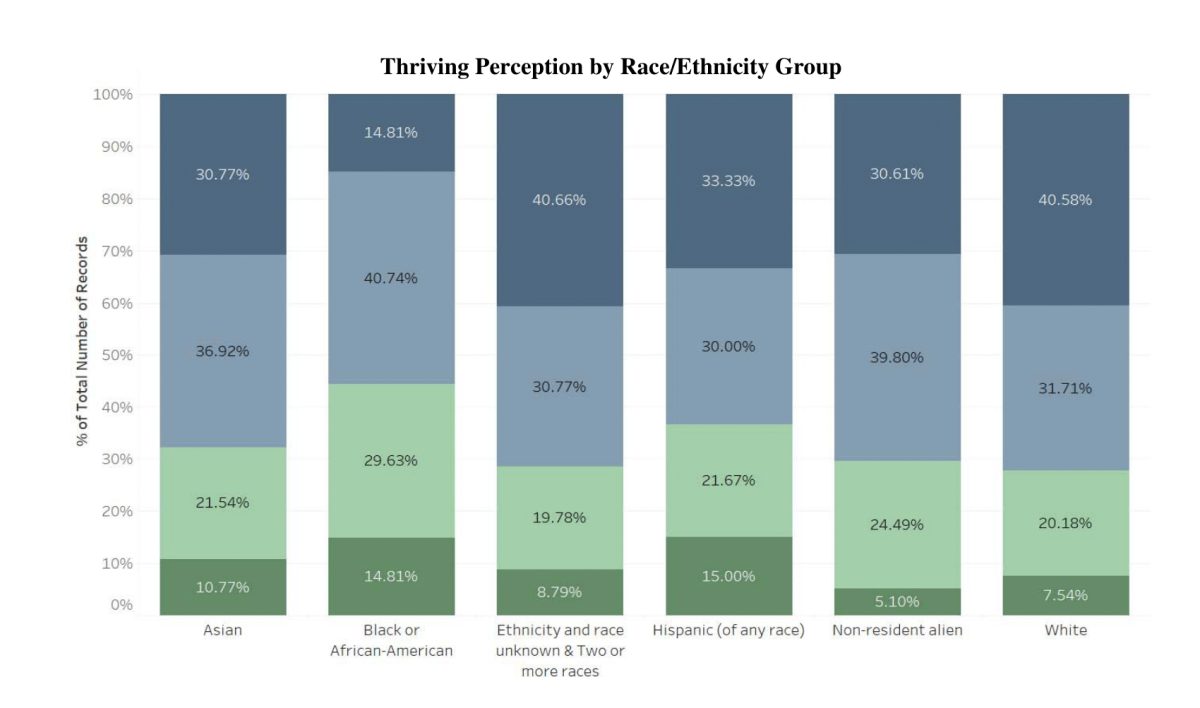
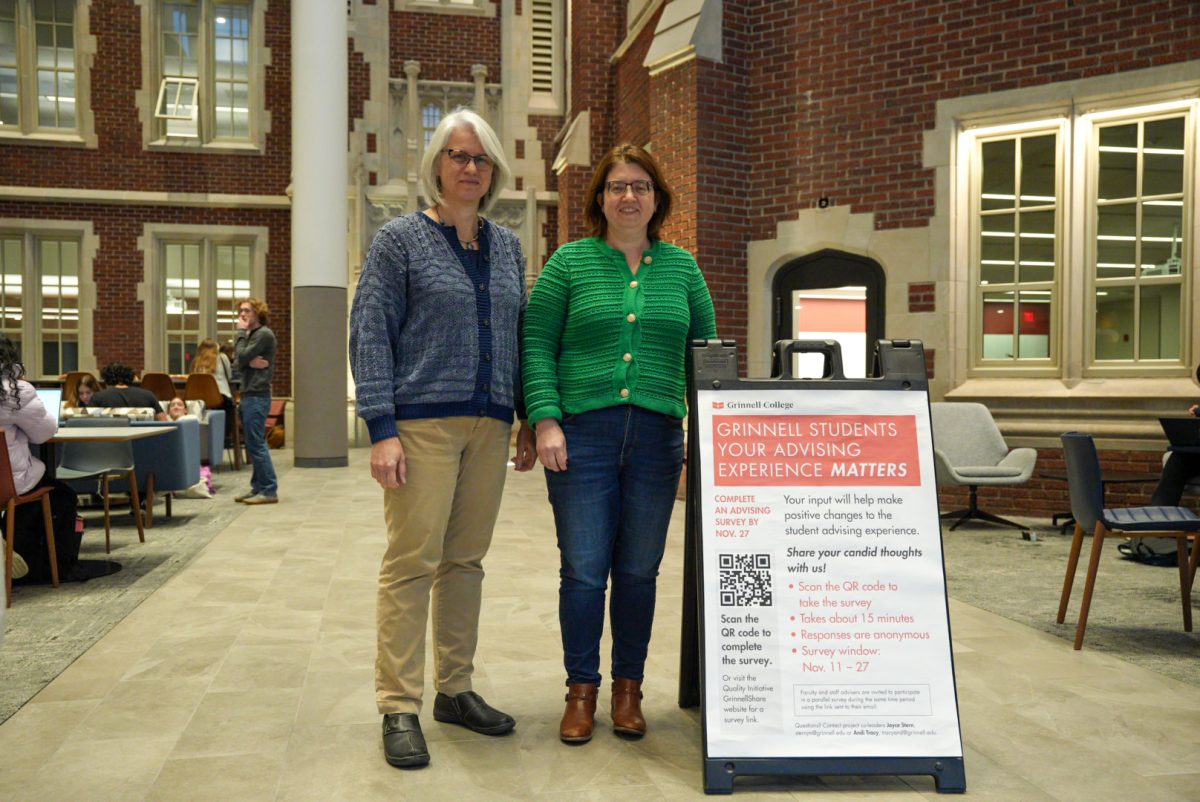

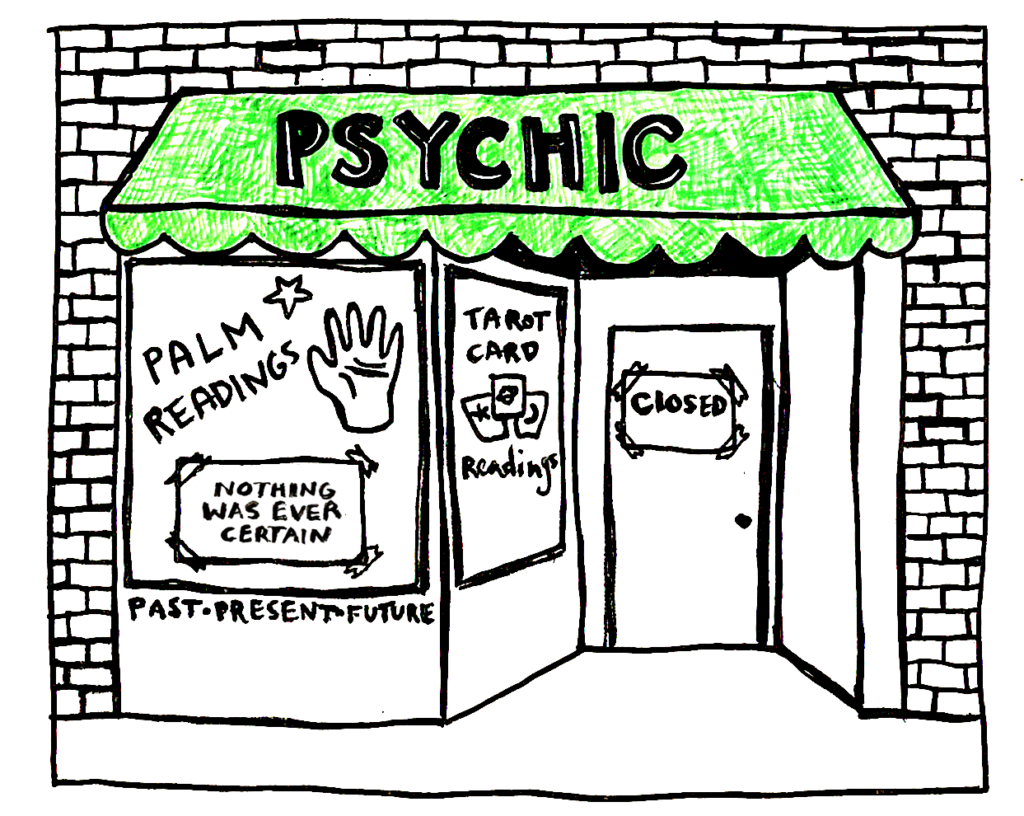


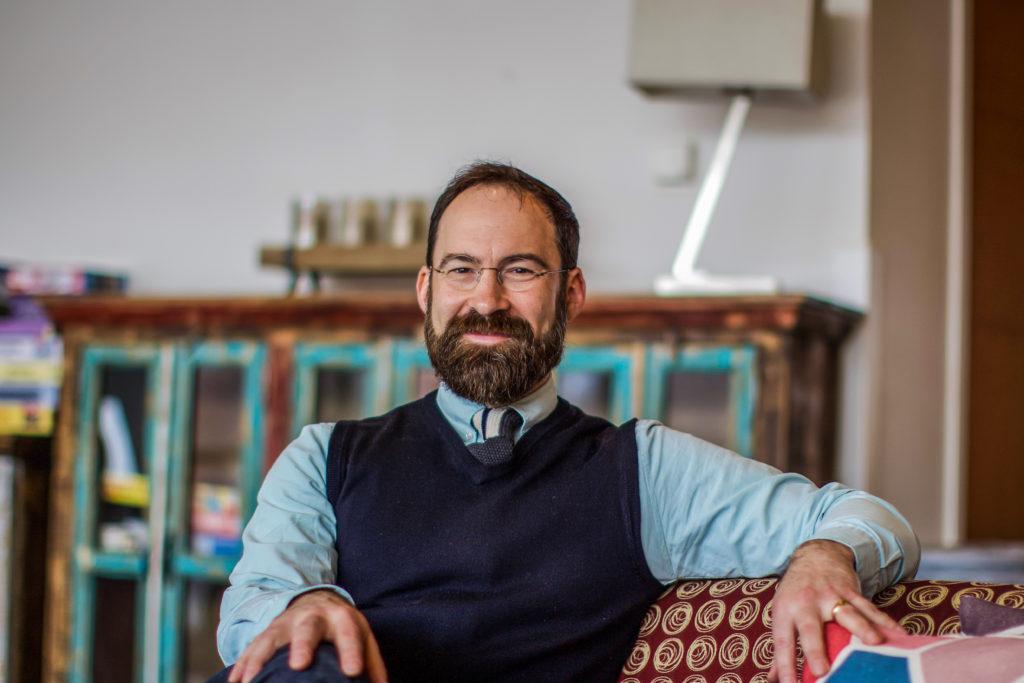
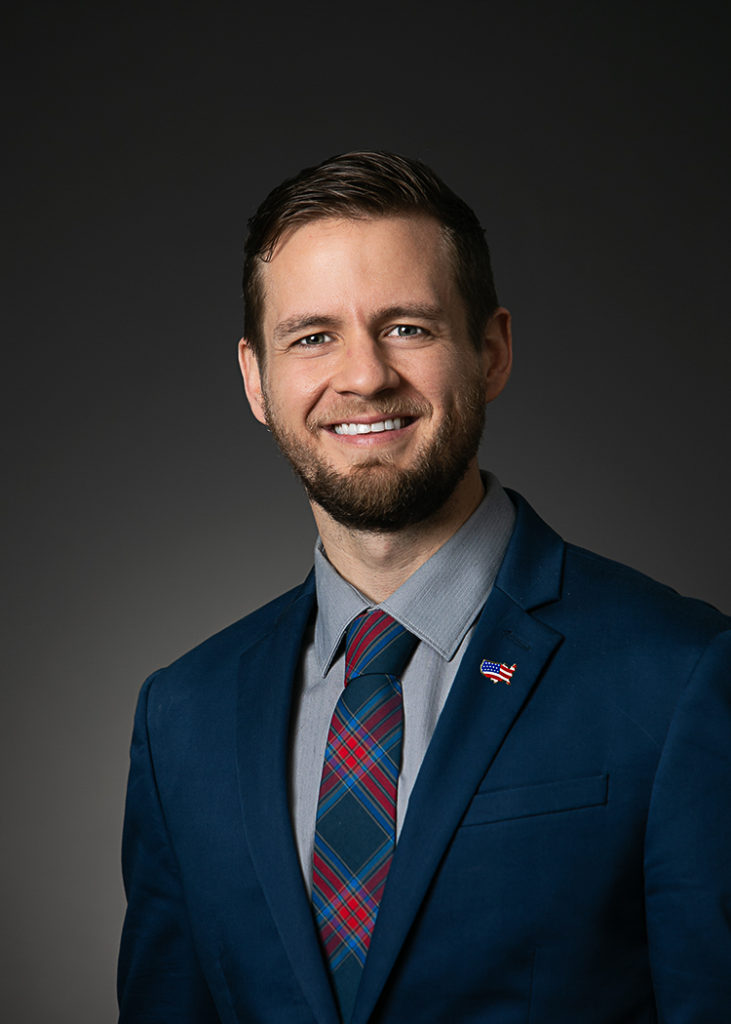
James Kissane • Nov 23, 2013 at 1:09 pm
I was glad to see this article. It shows thoughtful reflection and some candid facing of facts. Consequently, it offers its readers food for thought, which is to say Grinnellians from all over are bound to weigh in. I hope their input receives the consideration it deserves.
So input; here, then, is mine. There’s a clear sense in which Grinnell College appears to have become the ironic victim of its success. Of course I mean its success in honestly portraying itself as interested in qualified students even (especially?) those who need generous financial aid. It’s unfortunate, but hardly surprising that, to some potential applicants and their vigilant parents, our message is taken to mean, as some “good bargains” too often are, that Grinnell College is “affordable” but–for that very reason–probably not actually top notch.
Naturally, we reject that conclusion. Consequently, enter strenuous efforts to reconfigure the college’s identity; enter consultants; enter marketing strategies. Enter that somewhat repulsive concept, the “elite” college.
The difficulty at this point is that “elite” means rather different (often contested) things to so many different people. Therefore Grinnell needs to clarify and strongly nail down just what IT means by that word “elite.” And what it does not mean. Grinnell must think seriously and productively about what academic excellence consists in and where real excellence begins to tail off into mere snobbery. Or mere whoring after fashion.
I’d better stop pontificating along these lines and offer a concrete suggestion. It’s this (and it endorses and somewhat follows on from Lisa van Sand’s excellent comments [Hi, there, Lisa!]: In getting more fully more accurately known and more fully appreciated, Grinnell should begin by looking comprehensively at its actual products and then making THEM the basis of its outreach to prospective students. I know tons of examples of people who have received an education in this small liberal arts college that has been the making of their success. Those successes are not rare, seldom unlikely, but they have taken many, many different forms–all of which were anchored in an excellent liberal arts education and the other good things Grinnell provides to its lucky students. The success I’m referring to isn’t of course at all limited to financial wealth; it comprehends all kinds of essential and rewarding and enriching capacities. Not all Grinnell graduates pan out; that’s a truth all colleges face; that’s life. Isn’t Grinnell’s most persuasive “marketing tool” (to put it in those gruesome terms) the accomplishments (which surely includes the really satisfying lives) of the students who have attended it? Can’t the college find ways to underscore its actual contribution to the manifestly worthwhile lives of its graduates: the range of their vision, their adaptability, their healthy skepticism, their solid values, and the often understated but perky self-confidence that has sustained them?
Let me add this: When I went to Grinnell (1948-52)–and I think this remained basically true all the years I taught at Grinnell–we literally never knew or cared who the rich kids were. And why wouldn’t such a college (assuming it aspired to academic excellence) be an ideal place, ESPECIALLY for the fortunately and particularly well-to-do young people? As Grinnell students they would certainly learn a few lessons–a few home truths–they might not otherwise know, lessons that would be worth anybody’s full tuition.
Julie Bowers • Nov 22, 2013 at 4:46 pm
The spin from this kind of made me sick to my stomach.
Lisa van Sand '85 • Nov 8, 2013 at 9:22 am
While I am happy that the college is taking this on, I’m saddened, again, that the school chooses to send out RFPs without advanced knowledge to the alumni community. It’s unfortunate that the college doesn’t look first to it’s own graduates, those most passionate about the school, when seeking “outside counsel”.
The college, while asking for alums to support the school, doesn’t do a very good job supporting the endeavors of the graduates who have lived there.
I am certain that there are architects, IT experts, graphic designers, marketing experts and other successful and competitive professionals amongst our alumni family. If the college is going to invest in a company, why not invest in a company whose graduates know the place better than anyone else?
I’m not saying we should only hire alums. Rather, I’d like to see a policy in which the college looks to it’s own experts before seeking outside assistance and gives them an opportunity to bid on these large (and small) projects.
Jean McKenzie • Nov 8, 2013 at 8:12 am
“Grinnell is a state of mind.” Grinnell College is a place where bright, inquisitive, hardworking individuals who aspire to greatness come together. Well, Ray-K, I’ll send you my p.r. bill in the morning.